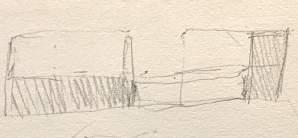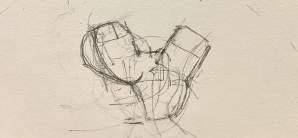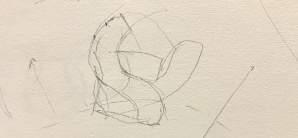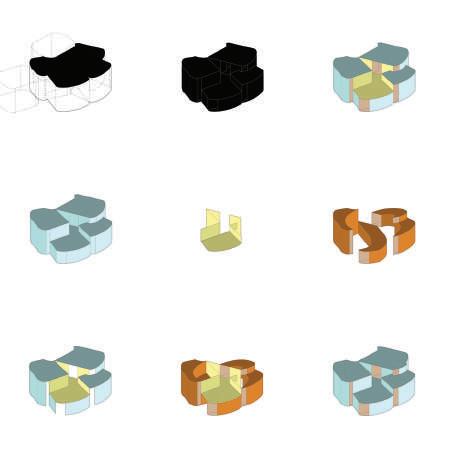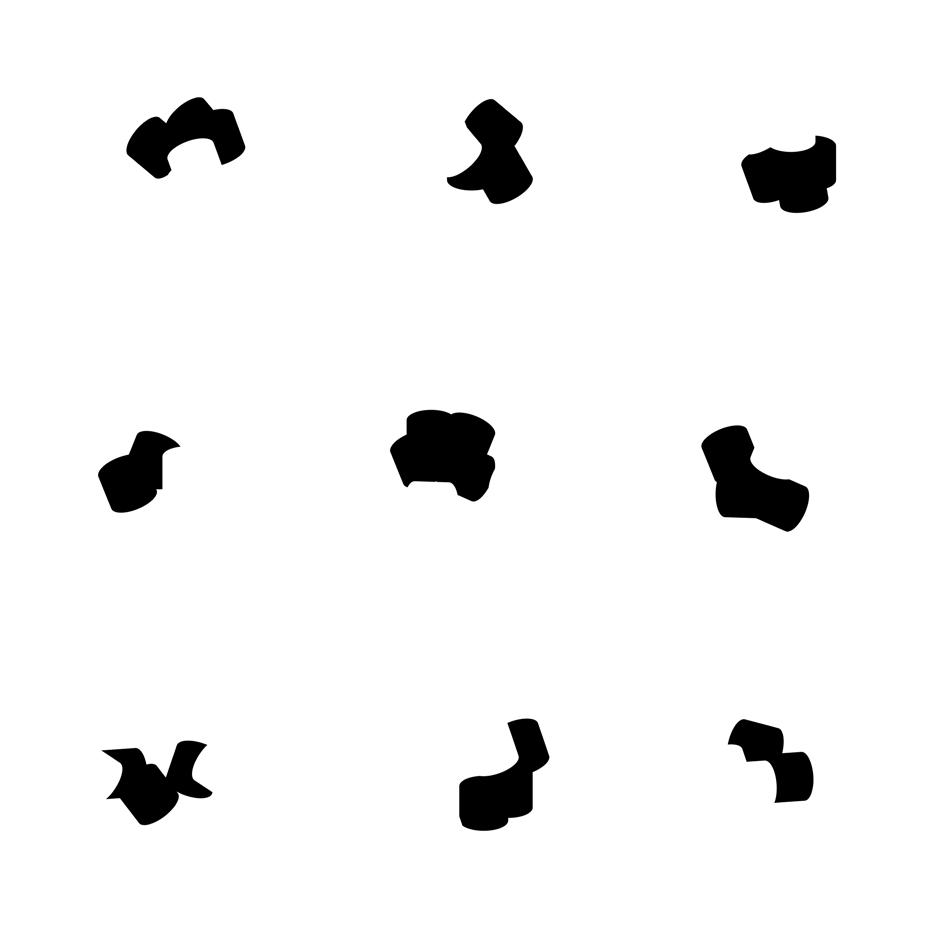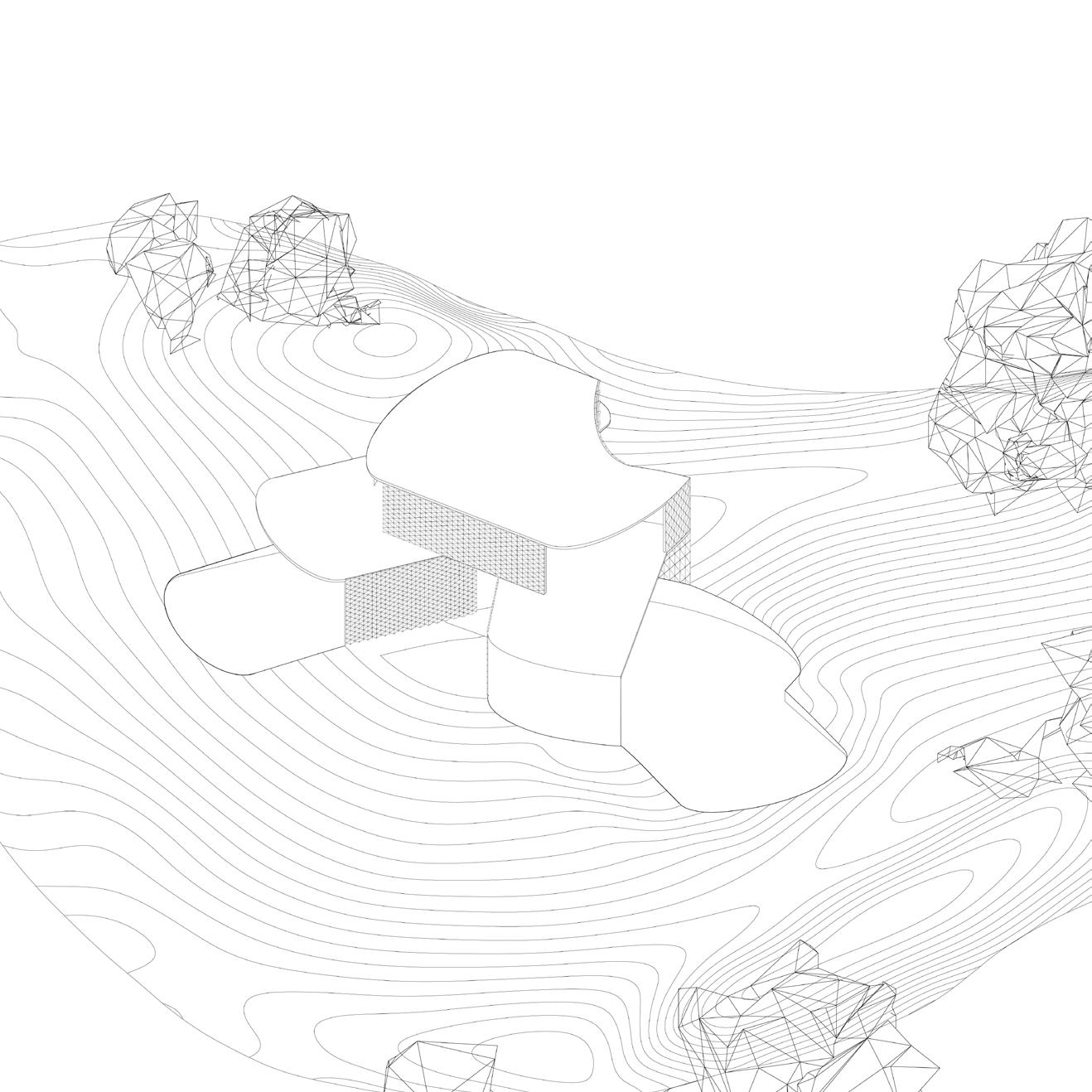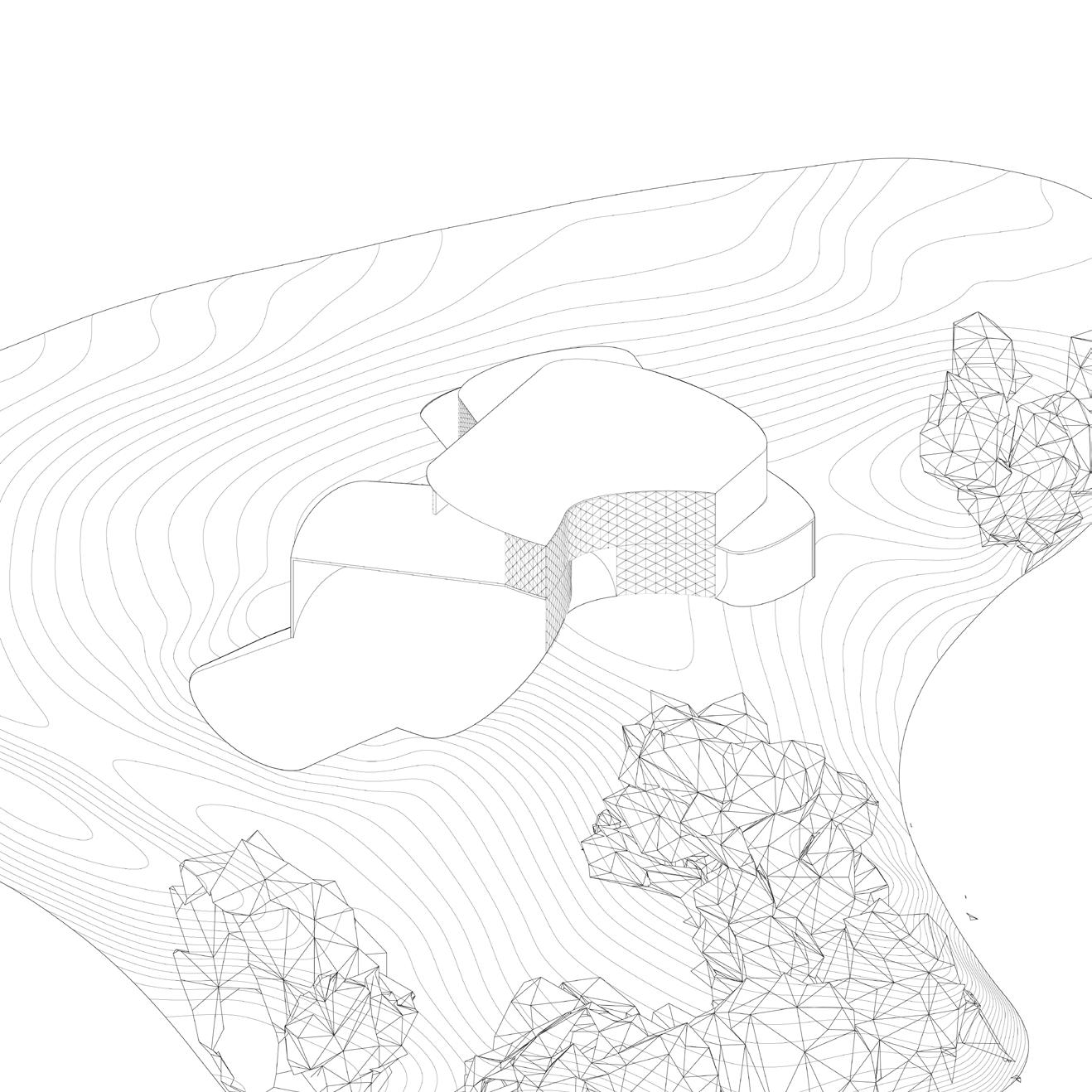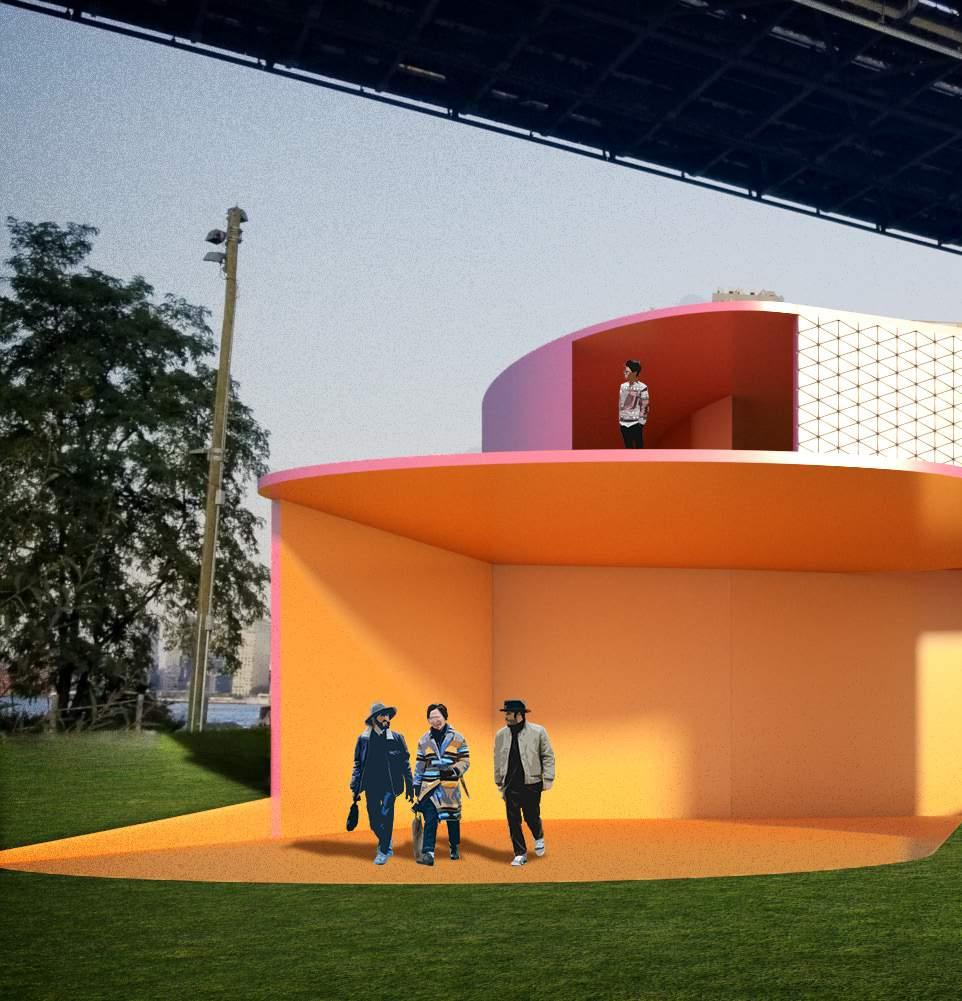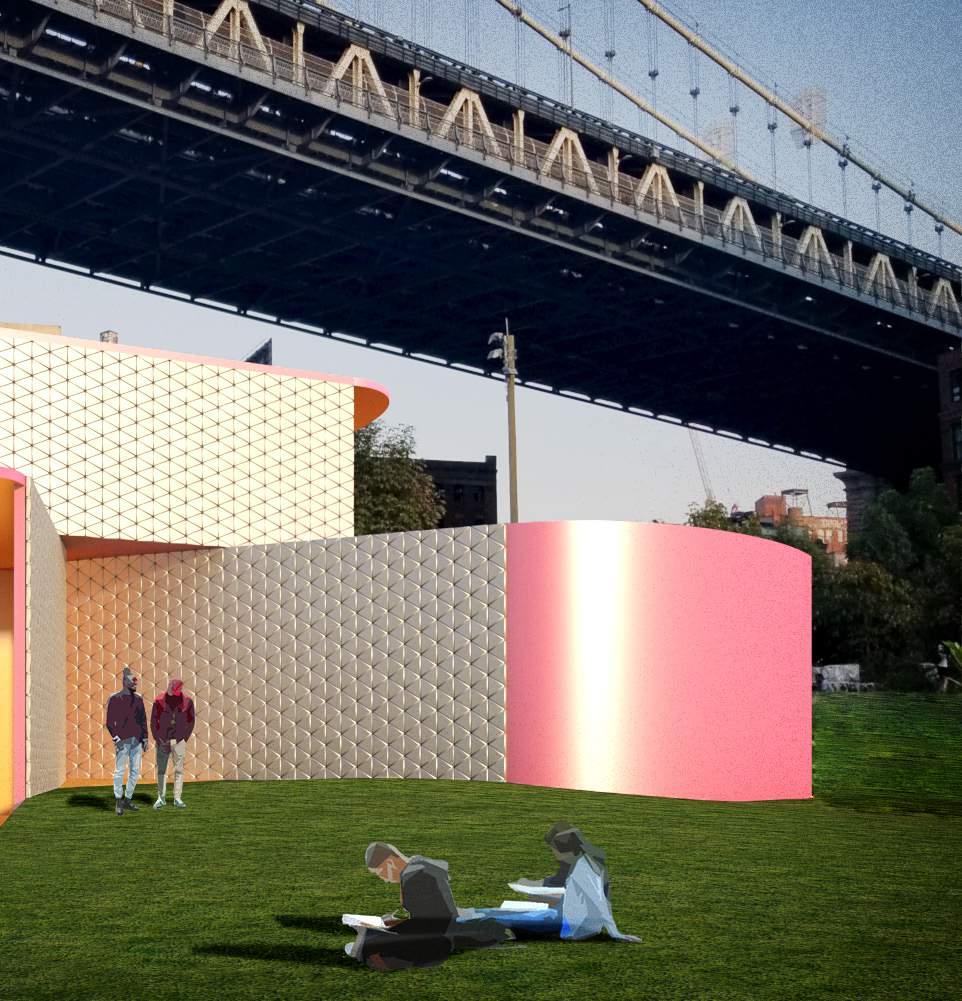ARCHITECTURE PORTFOLIO
Aditya Kosman California College of the Arts BArch 2023

Aditya Kosman California College of the Arts BArch 2023

Pinwheel Place
Location : Greenville, California
Professor : Peter Anderson Student Team : Aditya Kosman, Alden Gendreau, Rizwana Lubis
Diagrams

Thereafter, how can architecture continue life ?


The Dixie Fire that burned through Greenville has forever changed the landscape of the Indian Valley region and the lives and memories of its inhabitants. As Greenville looks to investigate and reinvent itself after the recent wake of devastation, we remain passopnaye anout maintaining the history of Greenville while revitalizing the population.
Pinwheel Place is a community center composed of three different buildings, each with a distinct program relating to three essential forms of life: Rest, Work, and Play. Located in downtown Greenville, not only Pinwheel Place is a centural meeting point and landmark, the building also serves as a guide on how neighbouring buildings can be re-build after the fire. In the case of emergency, we would like Pinwheel Place to be an asset to neighbouring commuities in case of earthquake or fire.
During our visit to Greenville, we invited the community to participate into the design by creating an interactive puzzle. Community member would write a program of their liking that relates to the category of Rest, Work, and Play, and then put them in the site where they see them fit.



The resultant interaction allows us to see how Rest, Work, and Play could interact with each other. Community members would then help assemble the puzzle to where they see fit.


Rest offers the community and local Rancheria clinic access to an urgent care space and blood laboratories. In addition, the upstairs of this space provides co-living spaces for key operators of these spaces to live.

Work offers Greenville residents much need co-working office spaces, a workshop, and hardware store.

Play offers Greenville residents an dopportunity to socialize and congregate in reservable cafe and community room space.

Section Perspective




In case of Scenario 2, where a fire has affected neighboring town of Taylorsville, Pinwheel Place is equipped with the capacity to accomodate people displaced from fire and operate as a resource hub in order to deliver food, housing, and clothing to those affected.



The Nest
Location : Fremont, California
Professor : Adam Marcus
Student Team : Aditya Kosman, Skyler Cheng

The project “Nests” intertwines residential space for hummingbirds, carpenter bees, and humans. The studio explores the use of rammed earth as the main material in order to generate strategies for multispecies domesticity.


“Nests” lies in the suburban neighborhood of Fremont by Alameda creek, it connects two streets while surrounded by fenced single-family homes. The aim of this project is to create a connection and a shared space through this interspecies residential space and to encourage the co-habitation between humans and non-humans. The typology of this project is essentially a reversed and twisted dingbat, transforming the isolated units into a socially and environmentally connected multi-living space. The project introduces a single room occupancy typology in response to the site designed for a typical nuclear family housing.
 Calypte costae
Calyptae costae
Calypte costae
Calyptae costae
















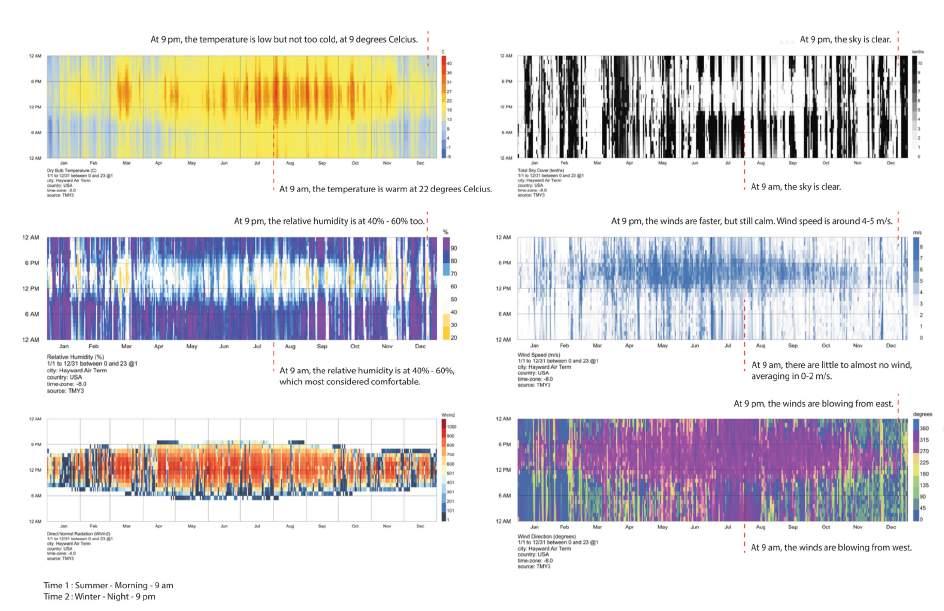
Regenerative Building Performance Analysis
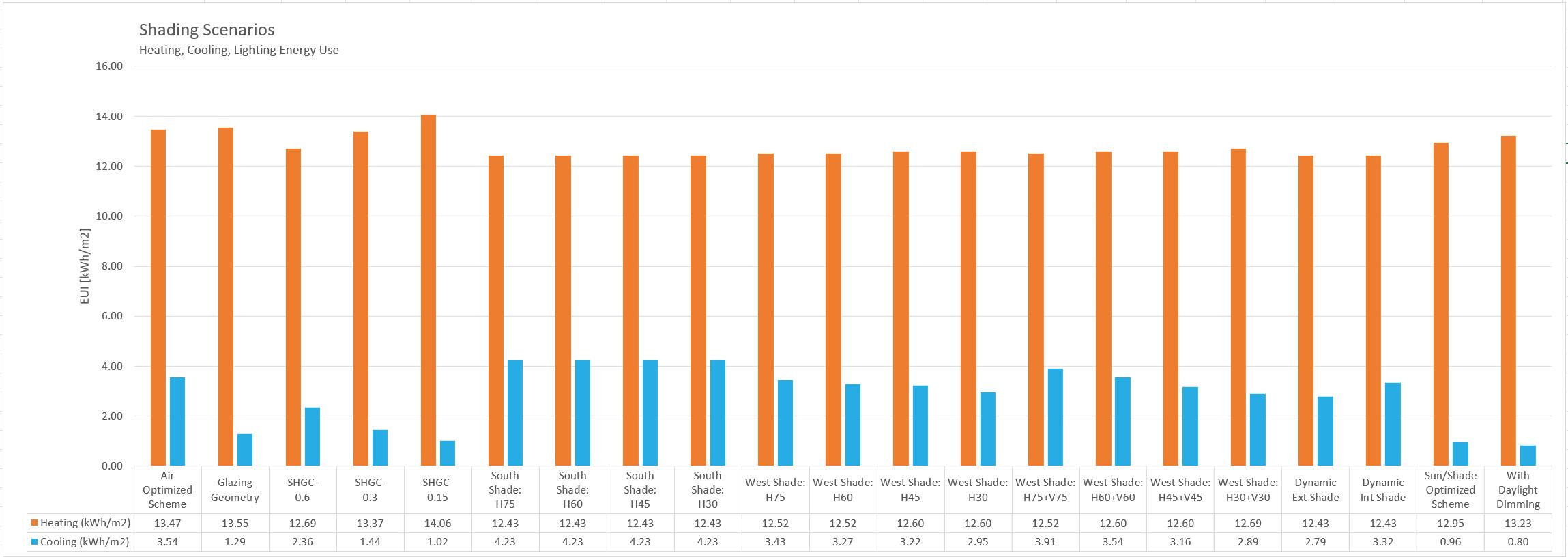
Professor : Brendon Levitt
Software : Rhino, Grasshopper, Bumblebee
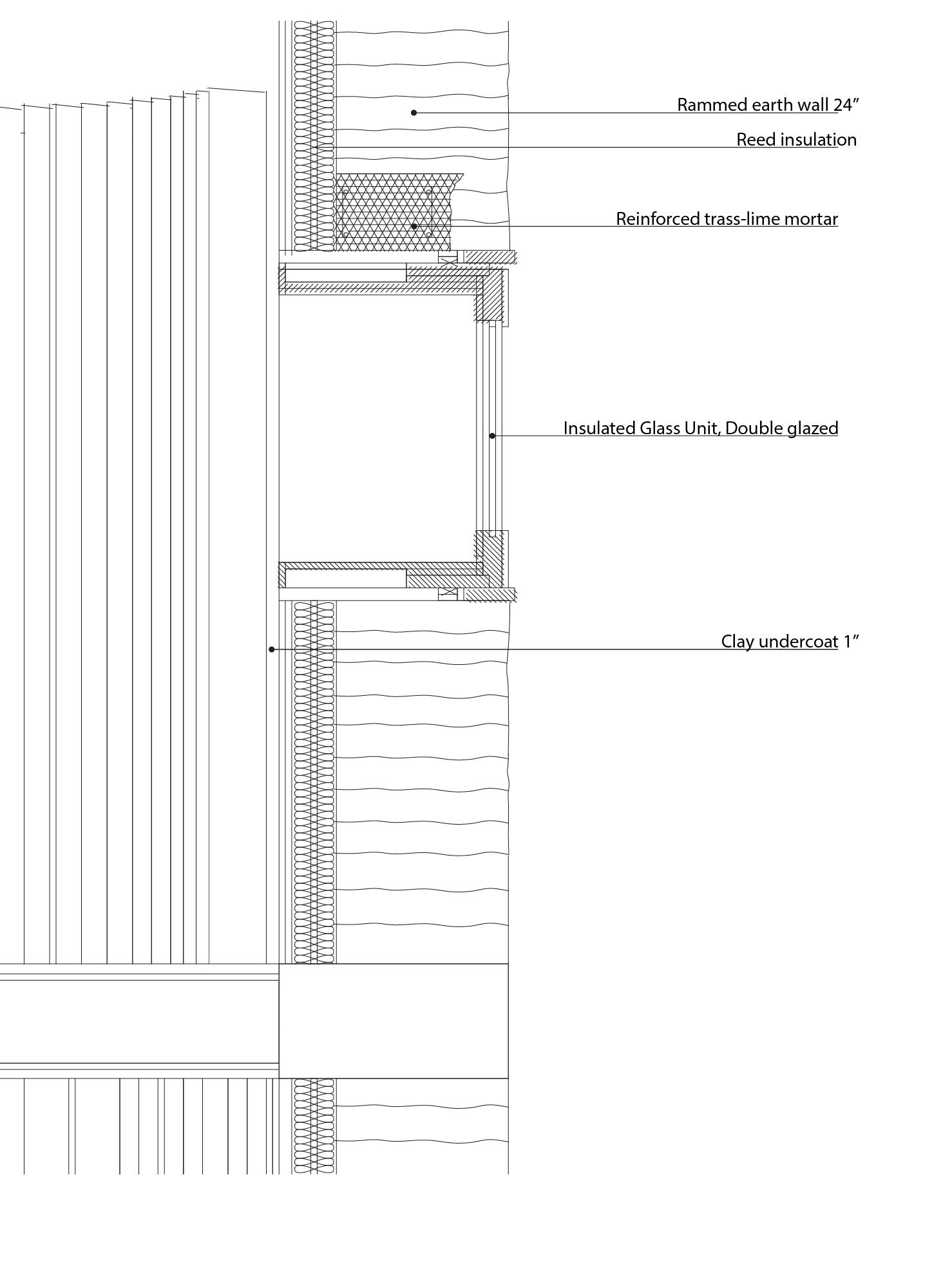
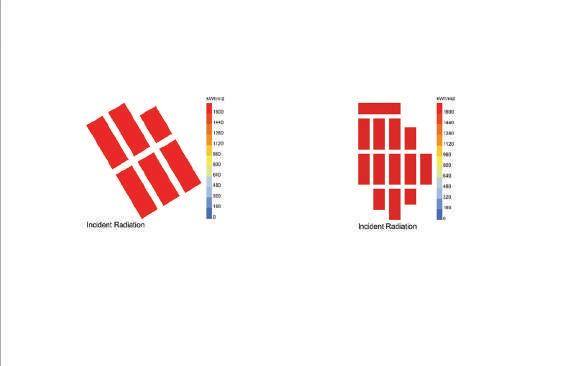
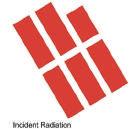
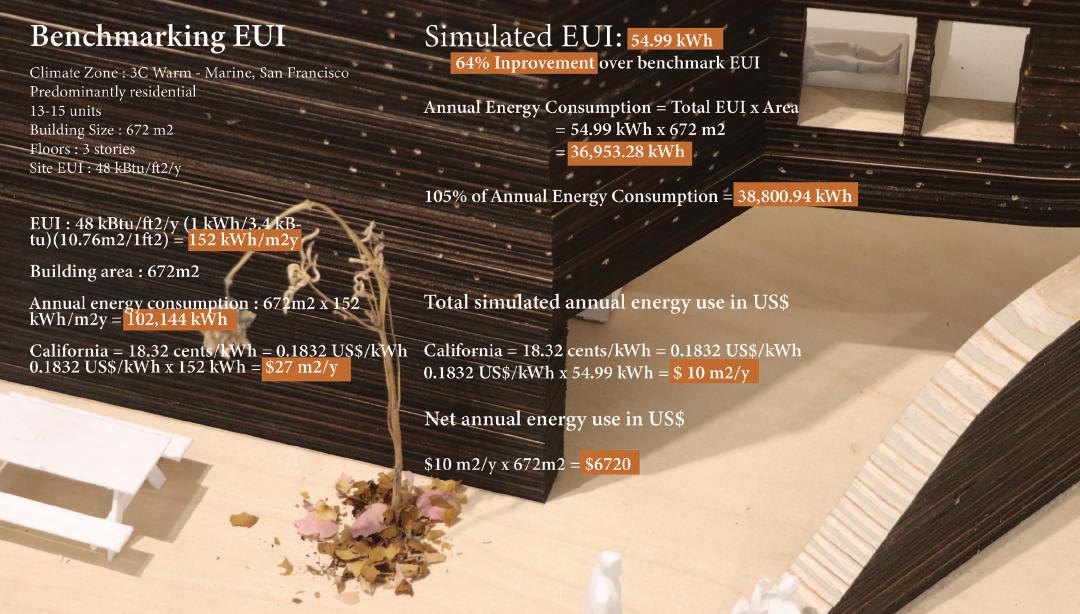
Adeline Complex
Location : 30th St, West Oakland, California
Professor : Janette Kim
Student Team : Aditya Kosman, Skyler Cheng


This project goal is to create a reciprocal relationship between retired seniors and the cannabis operation to achieve a regenerative neighbourhood in West Oakland. Oakland opened opportunity for cannabis business with the creation of the “Green Zone” that allows cannabis legal operations to open, from growing process to dispensaries. With the industry growing rapidly, seniors are considered the fastest-growing demographic of new users due to its medical benefits. This project helps to achieve the solution to issues of affordable living for senior citizens while organizing the cannabis operation into a more legal and cleaner environment. A safe and cheaper marijuana paired with proper education is one step closer to tackle the issues on the criminalization of cannabis.
As the senior housing is situated above the cannabis business, this allows opportunities for seniors to invest to the business as a new way to introduce rent. In return, the profit that is gained from the business will become rent reduction for residents. Retired seniors are able to enjoy an affordable retirement living in an urban environment, while at the same time, have access to their medical needs and recretional needs from their dispensary and grow house.

Diagrams




Interior perspectives





Location : Pier 70, San Francisco, California
Professor : Craig Scott, Ryan Golenberg


The NEW NOONAN building serves to house artist studios, galleries, and street art exhibition. The building acts as a frame, with a core connecting the programs to each other and the bay views. The core gives an immersive experience of street art for the visitors in the heart of building.


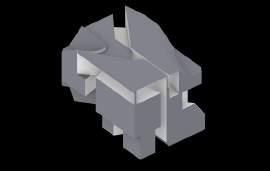

The project takes a dive in analyzing street artist’s artworks, finding moments and elements that would be the drivers in creating an architectural language. The act of offsetting, shearing, and bordering defines the intersection of spaces and how programs are assigned to the specific views of the bay.
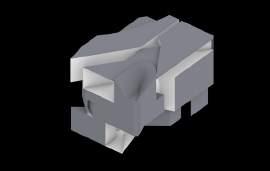

 Diagrams, mural by Jason Revok
Solid - Fragmented
Diagrams, mural by Jason Revok
Solid - Fragmented
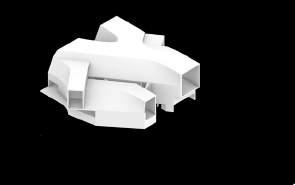
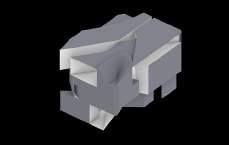
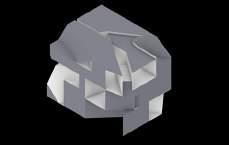







Interior perspectives














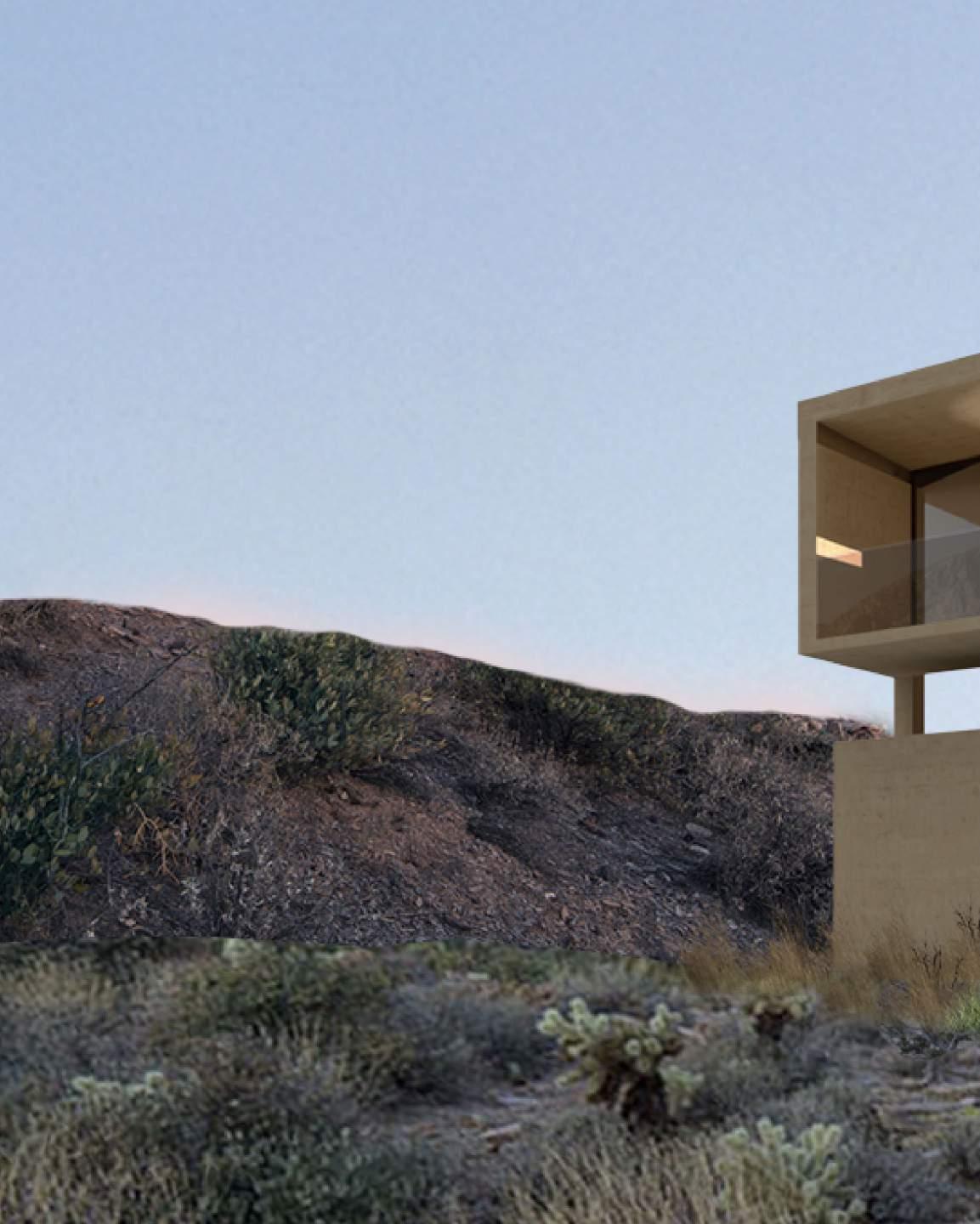 Location : Joshua Tree, California
Professor : Clark Thenhaus, Dylan Krueger, Craig Scott
Location : Joshua Tree, California
Professor : Clark Thenhaus, Dylan Krueger, Craig Scott
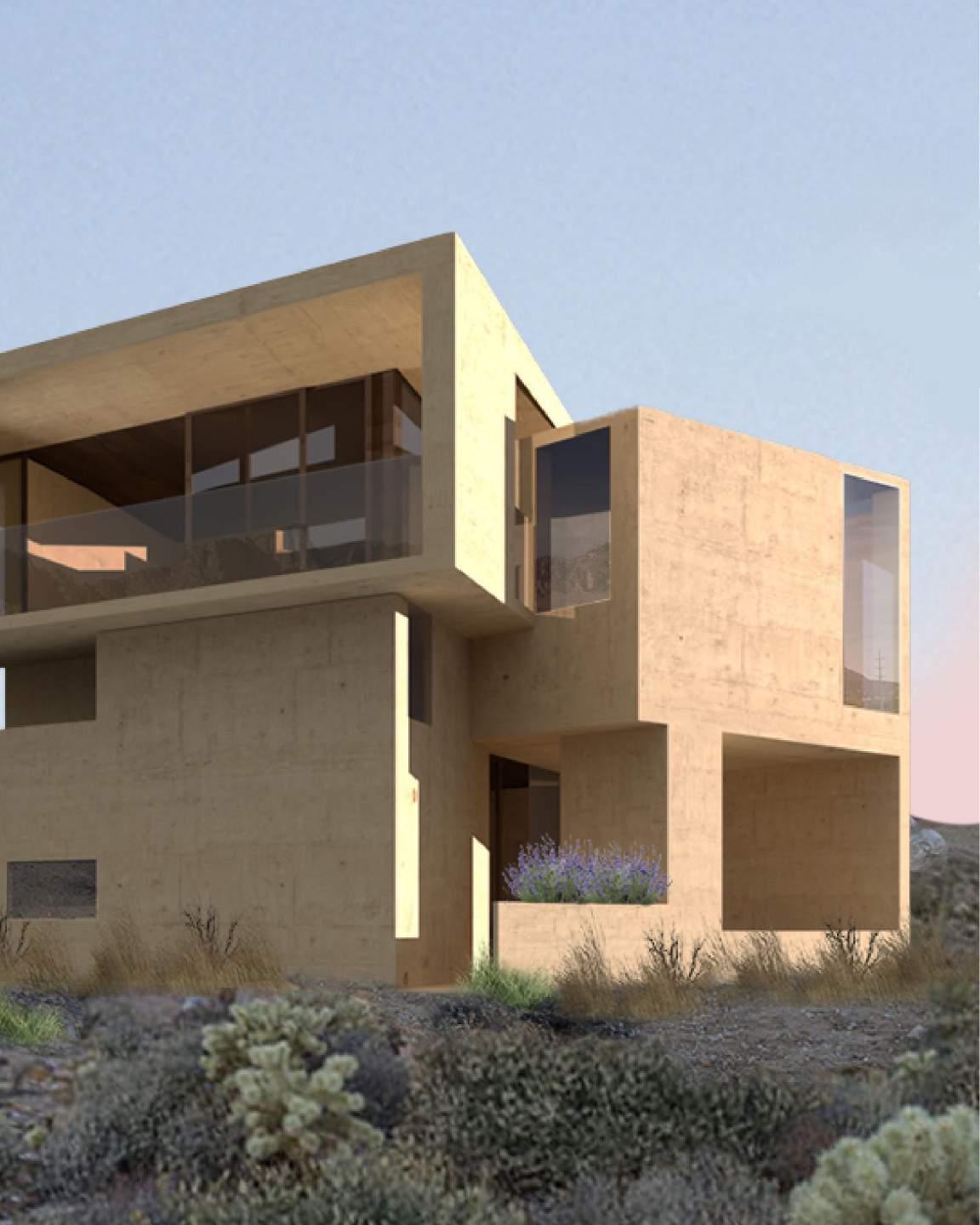
The Desert House explores the spatial relationship beginning from a simple movement of overlapping two squares. The squares are patterned based on the topographical lines of the site in order to create the initial figure ground. The lines shapes the connection and separation between programs, creating a clear pathway in both indoor and semi-outdoor spaces. The tatami table inside the house extends itself outside of the house, serving as balcony and a roof to the stairs leading to Ground Floor.
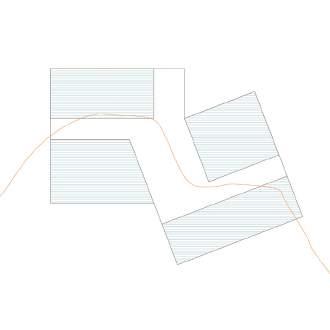
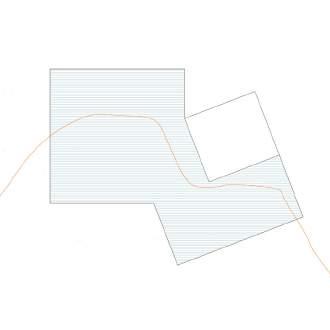
Diagrams
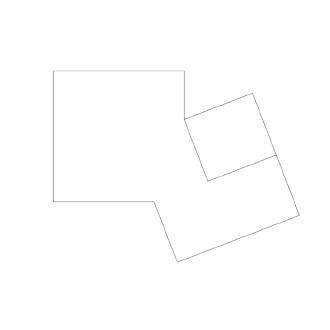

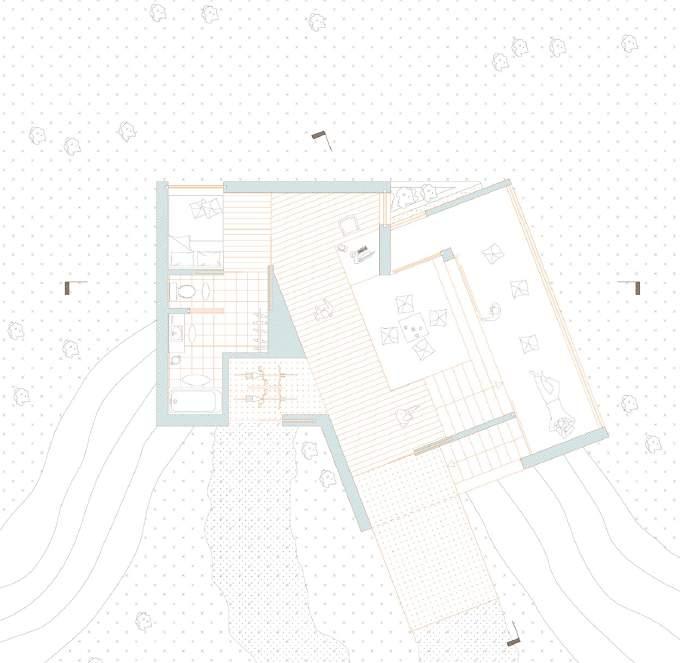
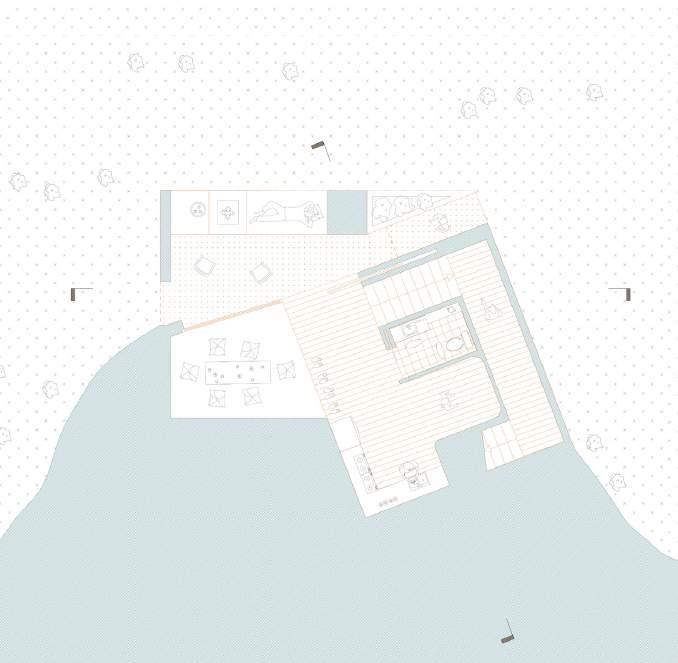
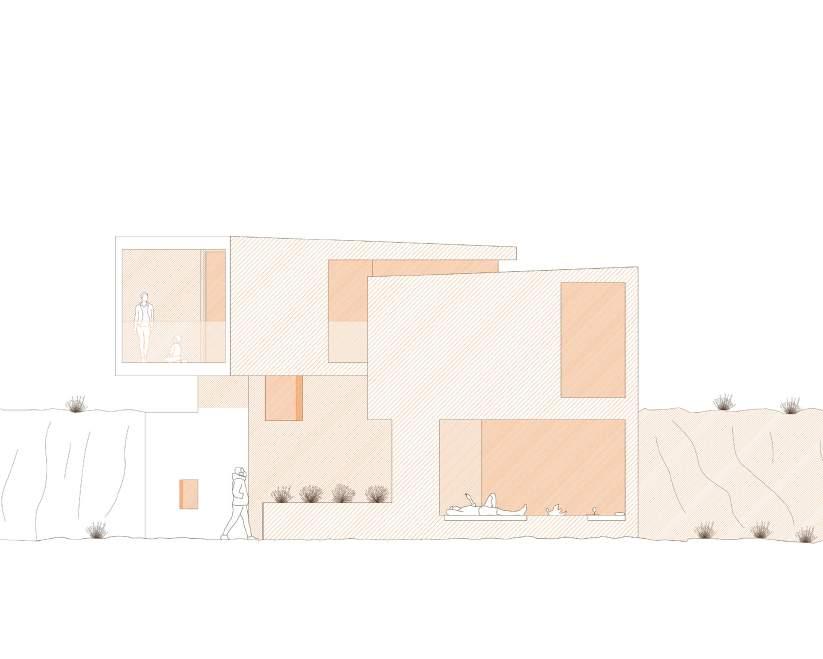
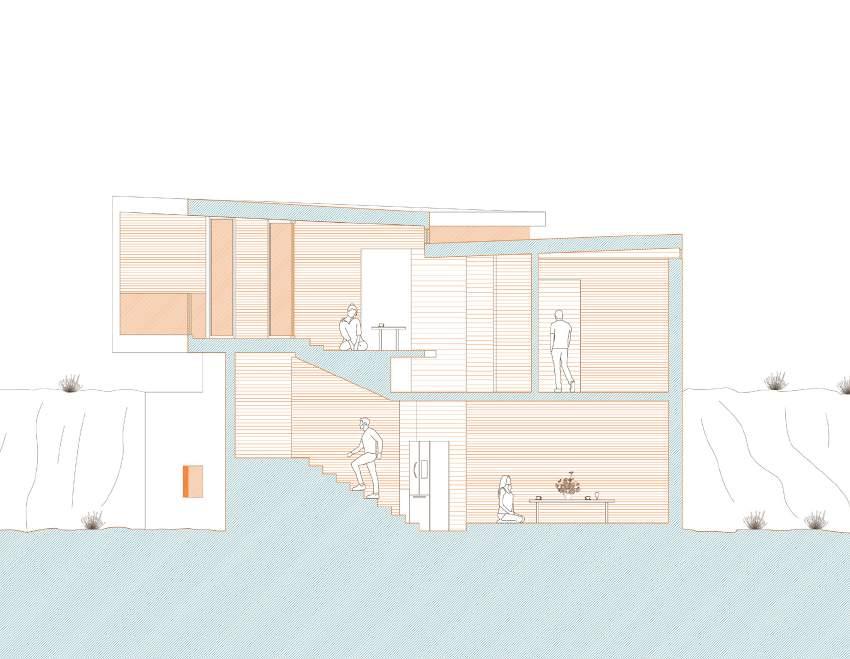
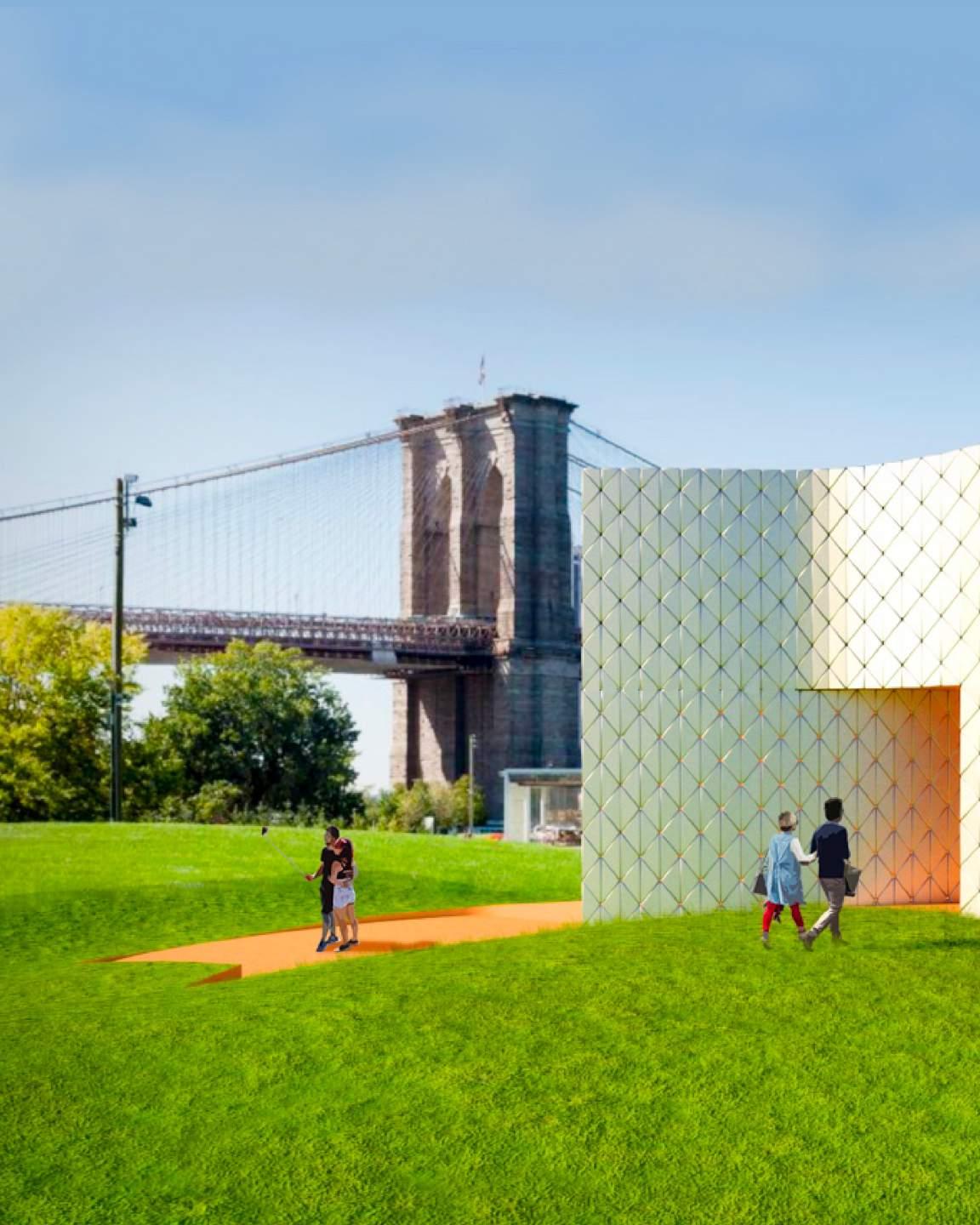 Location : Main Street Park, Brooklyn
Professor : Matthew Kendall
Location : Main Street Park, Brooklyn
Professor : Matthew Kendall

The pavilion focuses on the exploration on the relationship between solid, surface, and carved void. The vibrant contrasting colors of the pavilion distinguished each elements as to create a clear boundaries between each of them. The panelized skins expresses the surface, acting as a gate between the solid and the carved void. The pavilion holds a performance area, gathering and seating area, and observation platform. These programs were given a view of the iconic Brooklyn Bridge and Manhattan Bridge.
